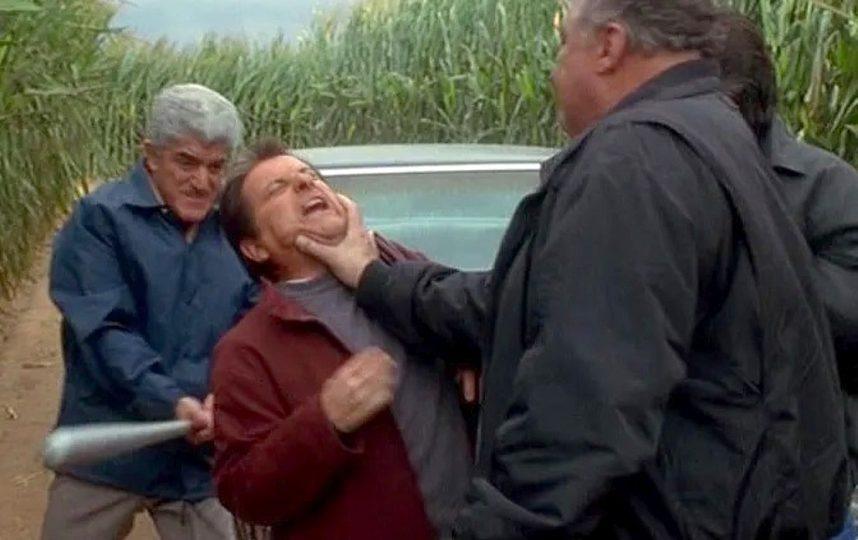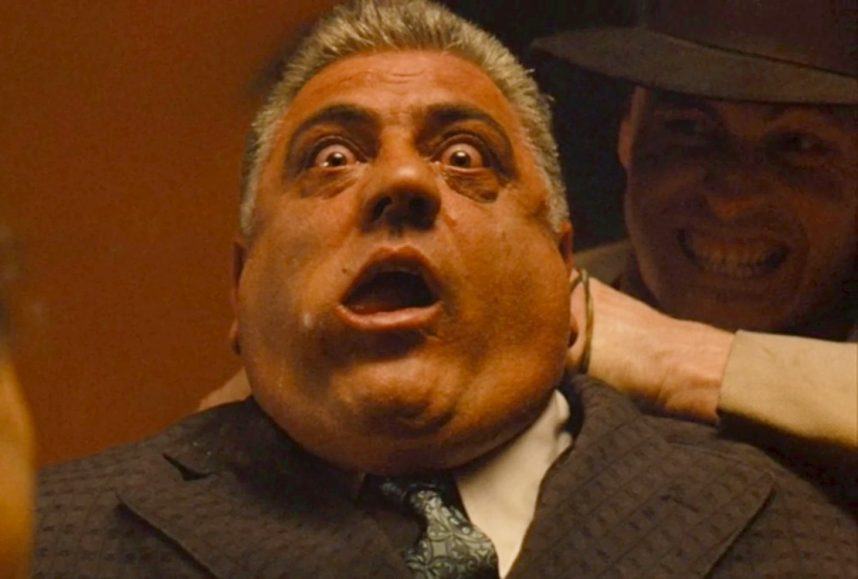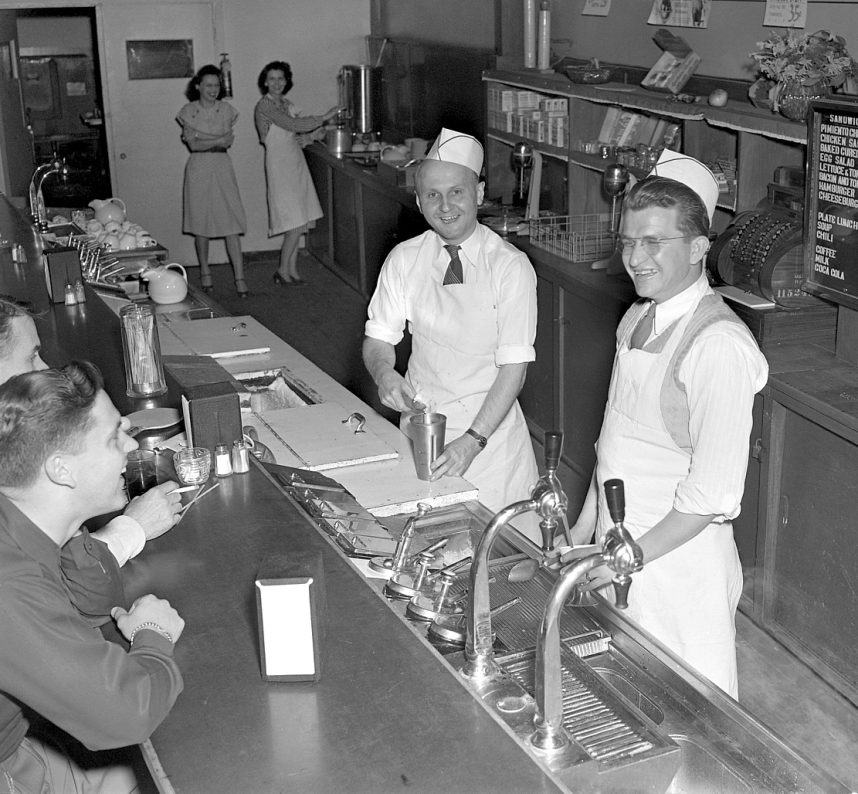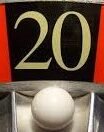VEGAS MYTHS BUSTED: To ‘86’ Someone Was Vegas Mob Slang for Murder
[ad_1]
Posted on: April 15, 2024, 08:17h.
Last updated on: April 14, 2024, 11:54h.
The bodies of so many murder victims were buried in the desert outside Las Vegas that, many of you have undoubtedly heard, it transformed the number “86” into a verb. The term is alleged by multiple internet sources to derive from a command known to have been issued by mob bosses to their soldiers.

“’80 miles out and 6 feet under’ was reserved for someone who had to dig their own grave 80 miles from civilization and then get shot, execution-style,” insists an urbandictionary.com entry. “All terms for 86’d originated from this…”
Other sources claim the distance was eight miles from the Las Vegas Strip before any shooting and digging could commence.
Myth Information
First of all, as we revealed in a previous edition of this series, the idea that hundreds of bodies were buried in the desert outside of Las Vegas is itself a myth. It’s a persistent one — which even birthed an idiom in “knowing where the bodies are buried” — but still very much a myth.

Most participants in organized crime didn’t want their enemies killed and buried 8 miles, 80 miles or anywhere near Las Vegas.
While Las Vegas authorities proved themselves sadly able to overlook illegal skimming operations, murder would have been a different story — one considered entirely too risky to the mob’s cherished casino interests.
That’s most likely why mobster Benjamin “Bugsy” Siegel was murdered in Beverly Hills, why Gus Greenbaum, his replacement at the Flamingo helm, met his end in Phoenix, and why Anthony “Tony the Ant” Spilotro got whacked, along with his brother, in Chicago and both were buried in Indiana.
It turns out, “no one dies in Vegas” was a thing.
Besides, if this were really the derivation of “86,” then mob informants at the time would have had FBI agents doing lots of digging — and discovering — eight and/or 80 miles north and south of the Strip on Highway 91.
86 Theories
As for how this number became a verb synonymous with elimination, there are at least 86 other theories.

Another is that it was the floor number of the Empire State Building’s observation deck, from which despondent people were known to jump to their deaths.
Other people swear it came from New York’s 1st Avenue streetcar line, which ran from 14th to 86th streets, at which point the motorman would yell, “Eighty-six! End of the line! All out!”
Or could it instead be, as many sources claim, an Old West directive to water drinks down from 100 to 86 proof for drunks who needed to be cut off?
Maybe the “six feet under” part is correct but, as claimed in another popular explanation, the first number derives from the eight feet constituting the length of an average grave.
Wait, we’re not finished…
In his 2006 book, The History and Stories of the Best Bars in New York, author Jef Klein states, with emphatic certainty, that the birthplace of “86” was Chumley’s in Lower Manhattan, which paid off crooked cops to warn the bar before they raided it.
The call from police headquarters would instruct the bar employee to “86” its patrons. This meant to have them exit through the 86 Bedford St. door before police entered through a different door on Pamela Street.
You don’t really want to read 81 more of these, trust us. So let’s just stop with Article 86 of the New York State Liquor Code, which covers the circumstances under which a patron should be refused alcohol.
Only it doesn’t at all. Article 86 covers “Services and Gifts to Retailers.”
The Less Exciting Truth
We throw in with The Oxford English Dictionary, a source not known for bullshittery.
Beginning about 100 years ago, food servers and bartenders used a code of numbers to save time when communicating orders. The number “86” was shorthand for a menu item that was no longer available.

That’s according to the principal historical dictionary of the English language, not according to your cousin Ralph who knows everything about everything.
A little more research digs up its first known appearance in print…
“A Hollywood soda-jerker forwards this glossary of soda-fountain lingo out there,” celebrity reporter Walter Winchell wrote in his syndicated “On Broadway” column in 1933. “Eighty-one (means) a glass of water … thirteen (means) one of the big bosses is drifted around … (and) eighty-six means all out of it.”
Three years later, Columbia University professor Harold Bentley confirmed this etymology in an article titled “Linguistic Concoctions of the Soda Jerker,” which he published in the journal American Speech. Other code numbers Bentley uncovered were as follows:
- 82: two glasses of water
- 87-and-a-half: attractive girl at a table with conspicuously crossed legs
- 95: customer walking out without paying
- 98: assistant soda jerk or manager
- 99: head soda jerk.
A fictional crime story published by the Washington Post in 1942 offers a likely explanation for how “eighty-sixed” made the metaphorical leap to people…
“‘The tuna fish salad is 86’ means there isn’t any more,” one character in the story explained. “And if you say a guy is 86, that means he’s fired or all washed up or something like that.”
A few years later, “eighty-sixed” took on a new meaning in restaurants and bars — that a customer should either no longer be served, and/or be ejected from the premises.
It wasn’t until the 1970s, according to Cassell’s Dictionary of Slang, that the term evolved to signify murder. But its evolution had nothing to do with the mafia, driving miles, burial depth, or Las Vegas.
Sorry, cousin Ralph who knows everything about everything.
Look for “Vegas Myths Busted” every Monday on Casino.org. To read previously busted Vegas myths, visit VegasMythsBusted.com. Got a suggestion for a Vegas myth that needs busting? Email corey@casino.org.
[ad_2]
Source link
